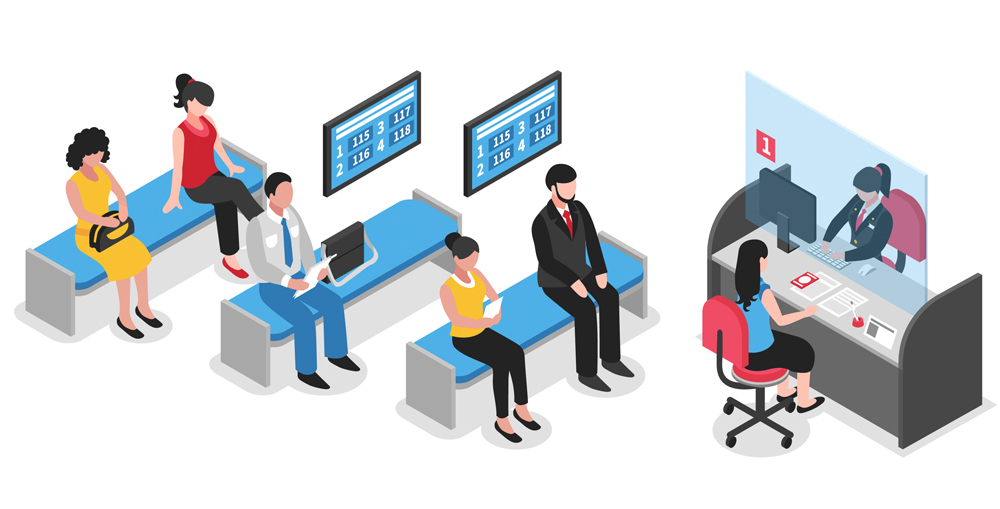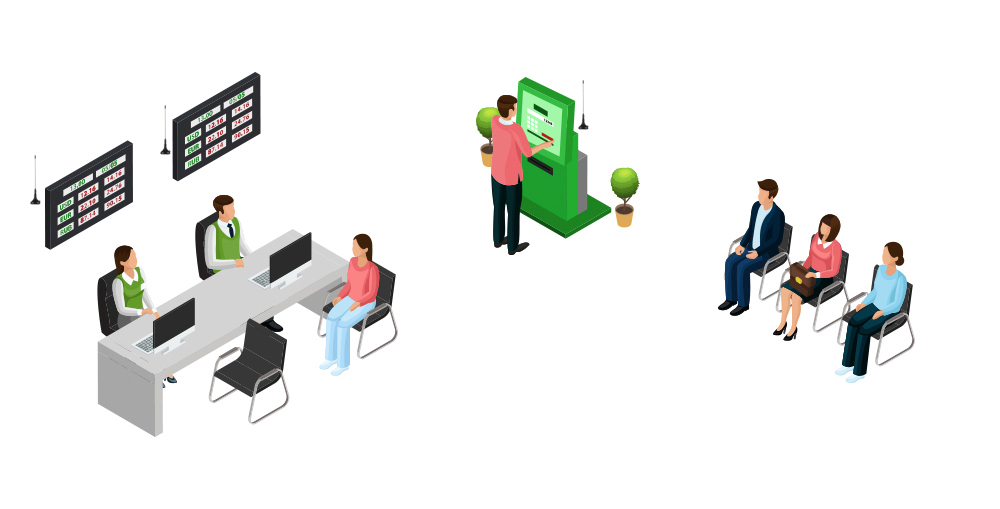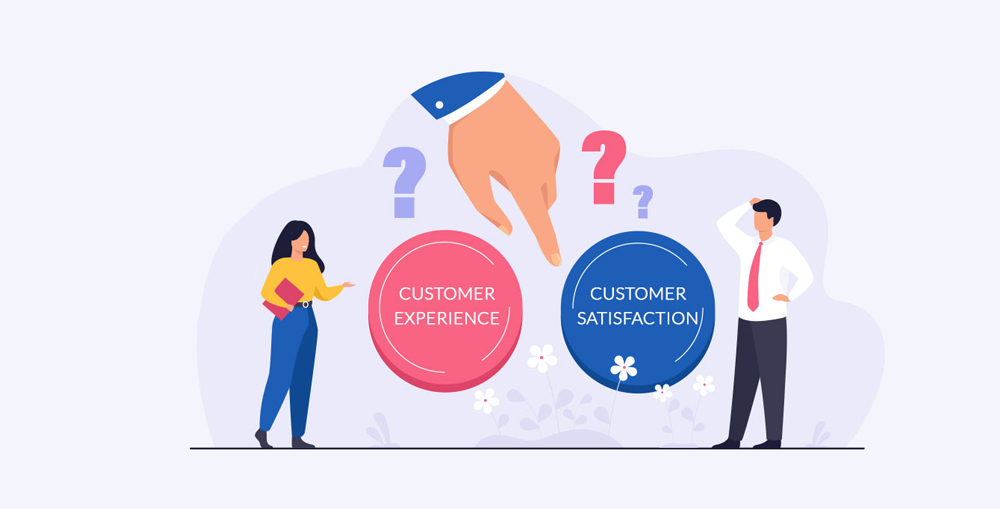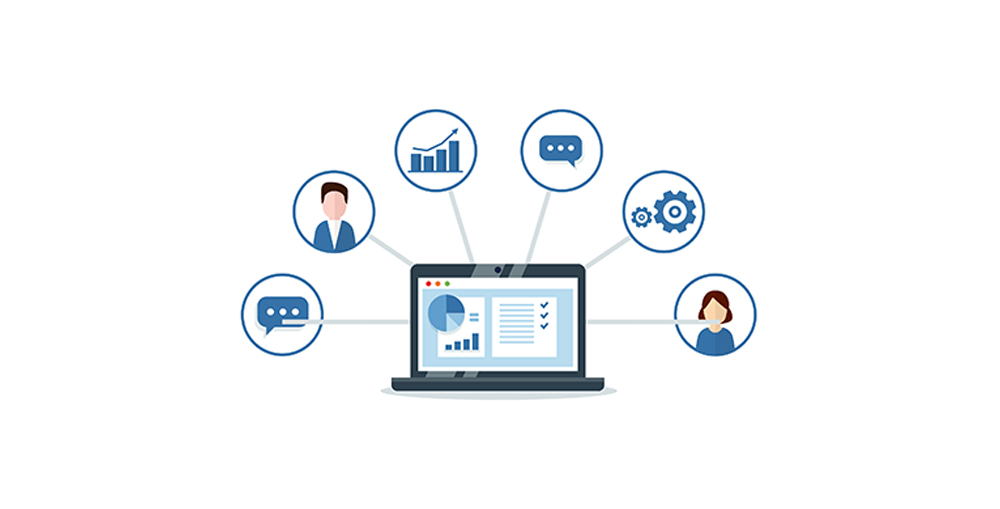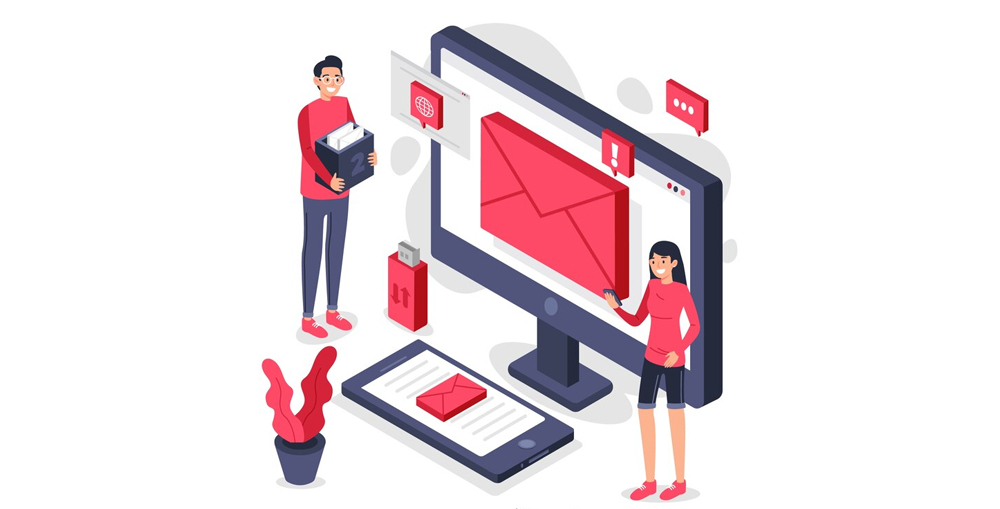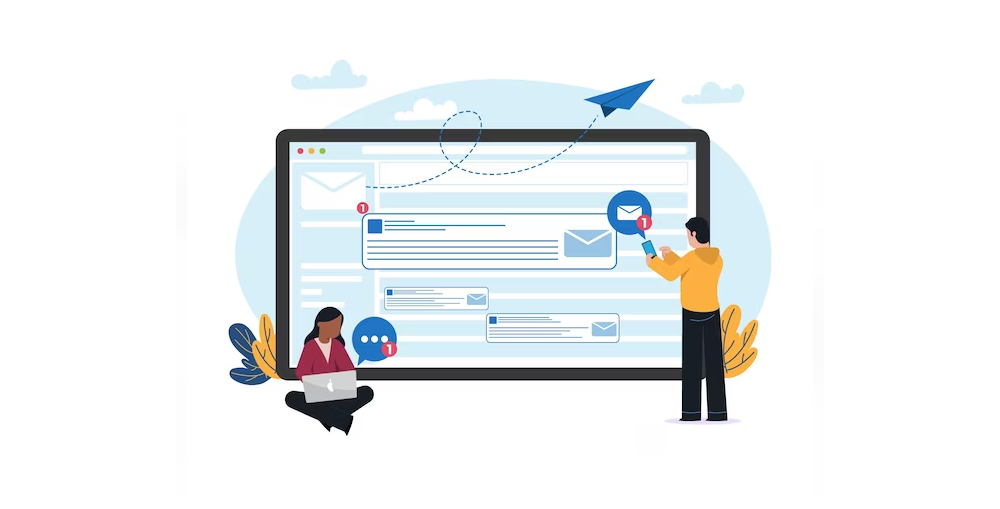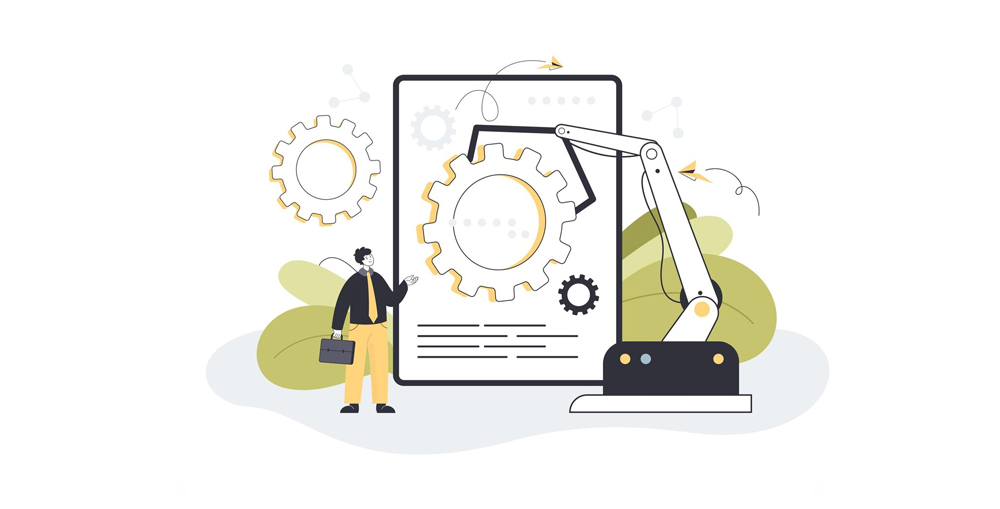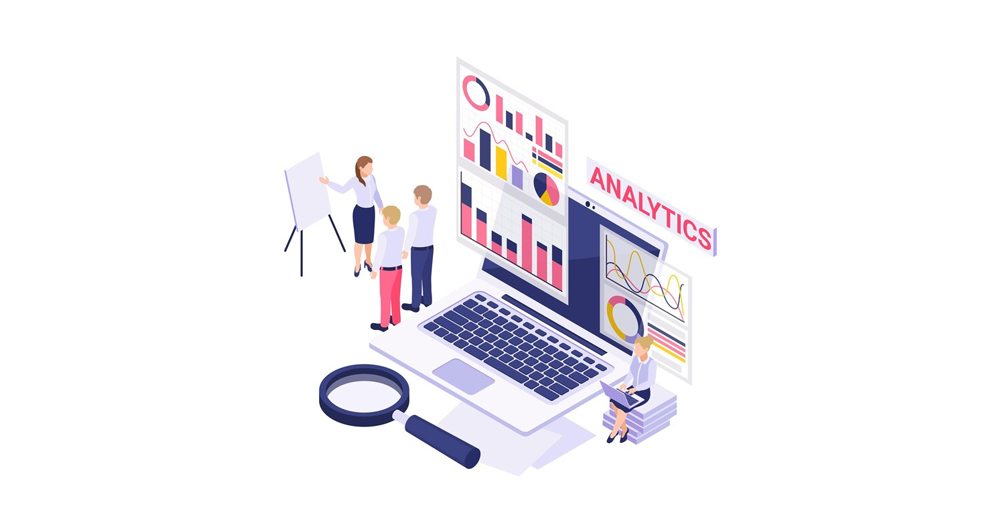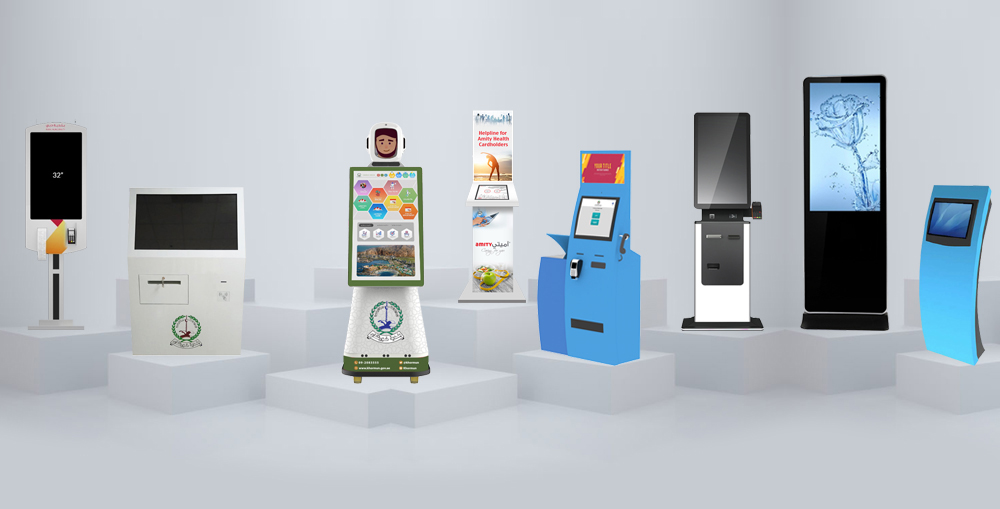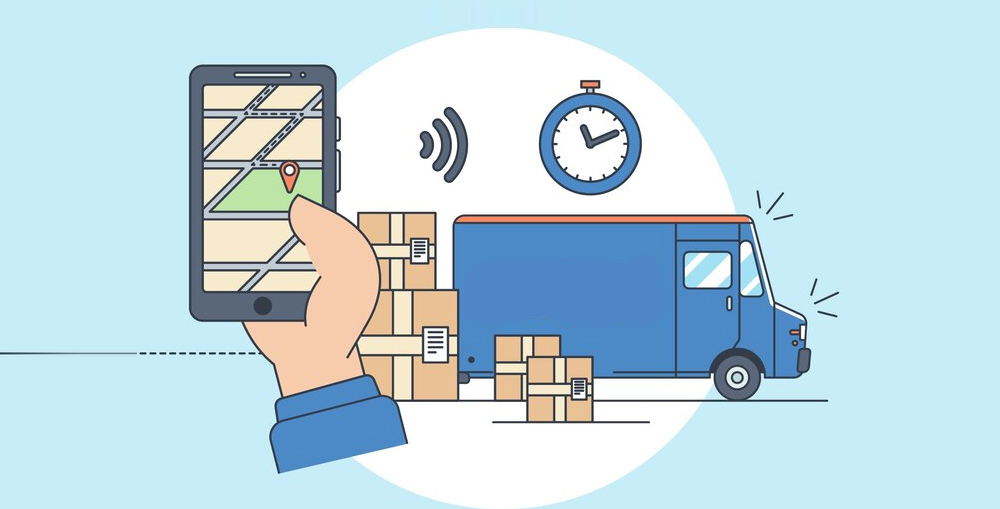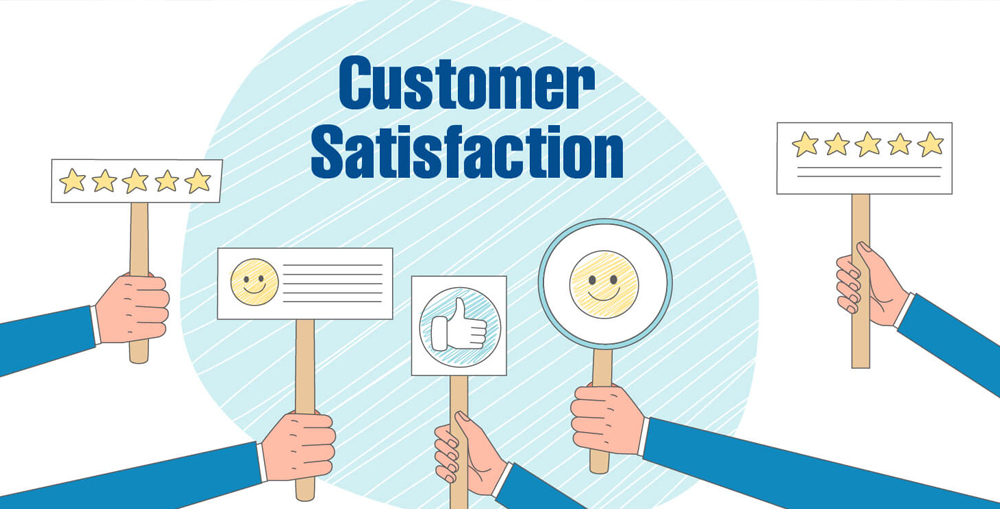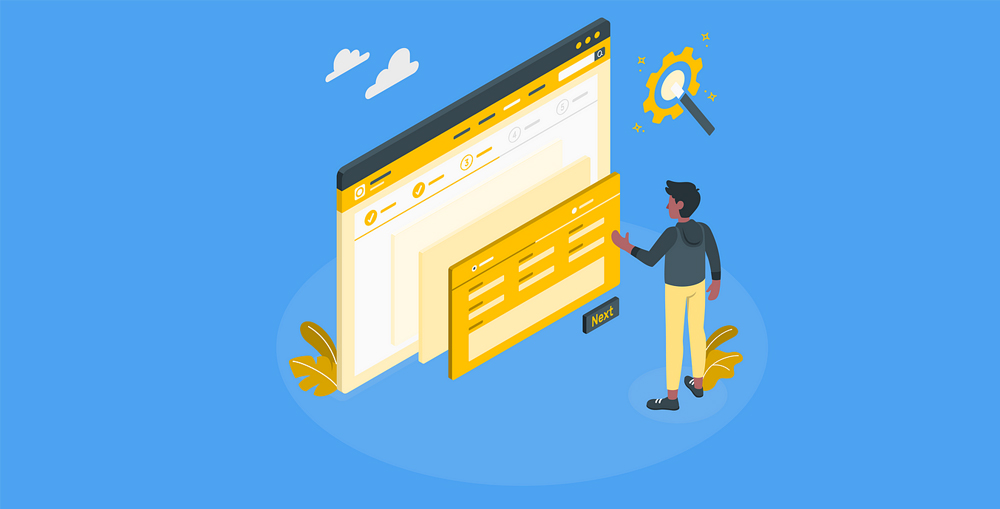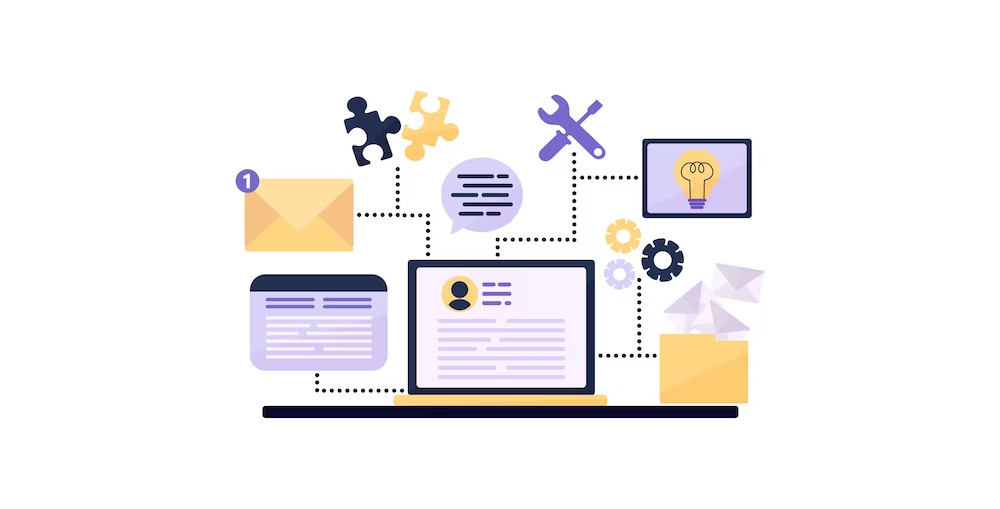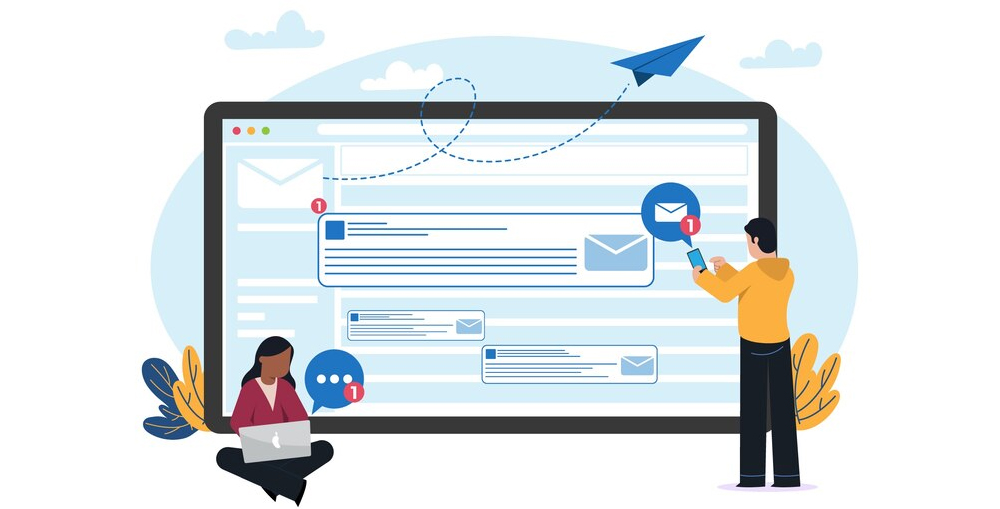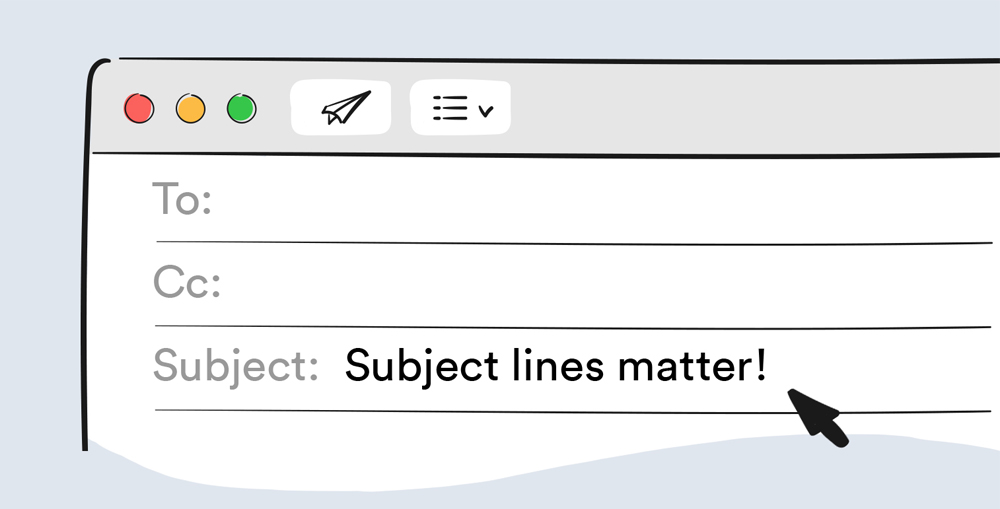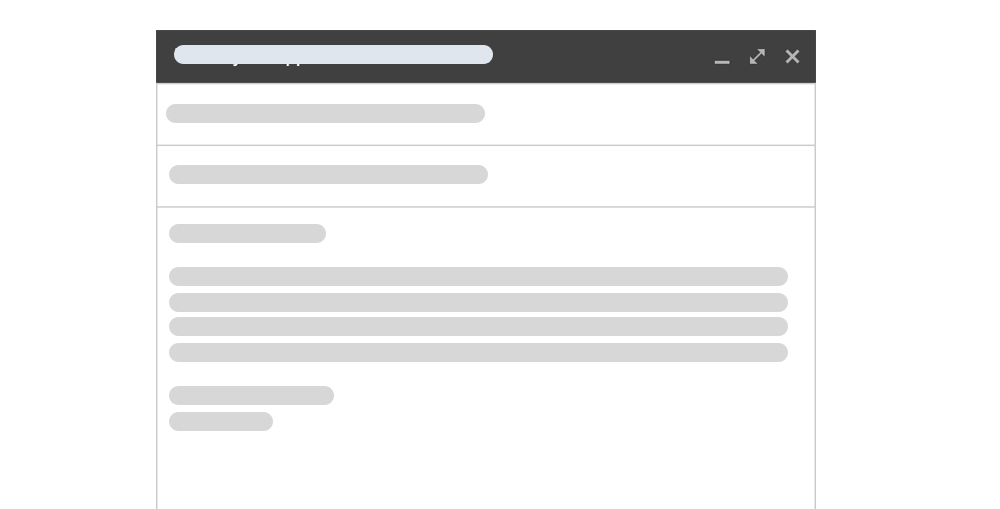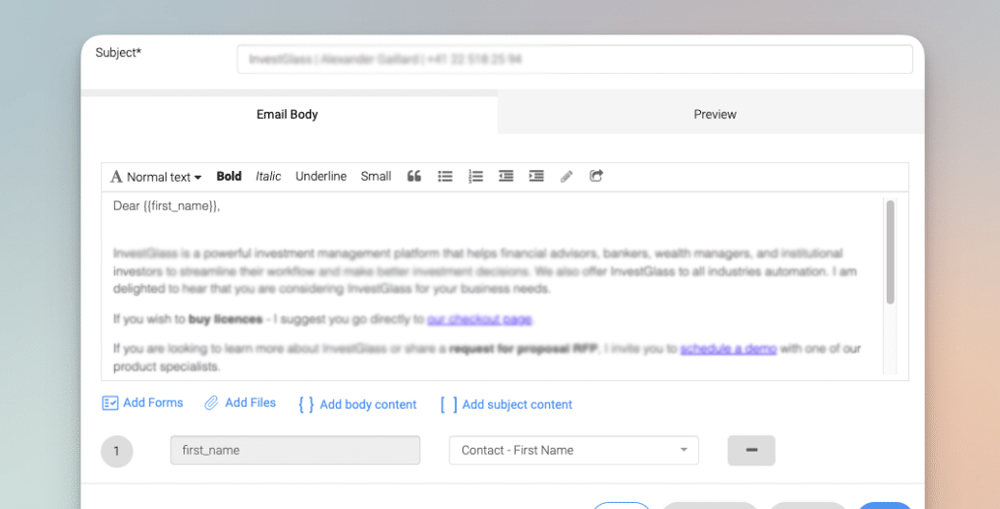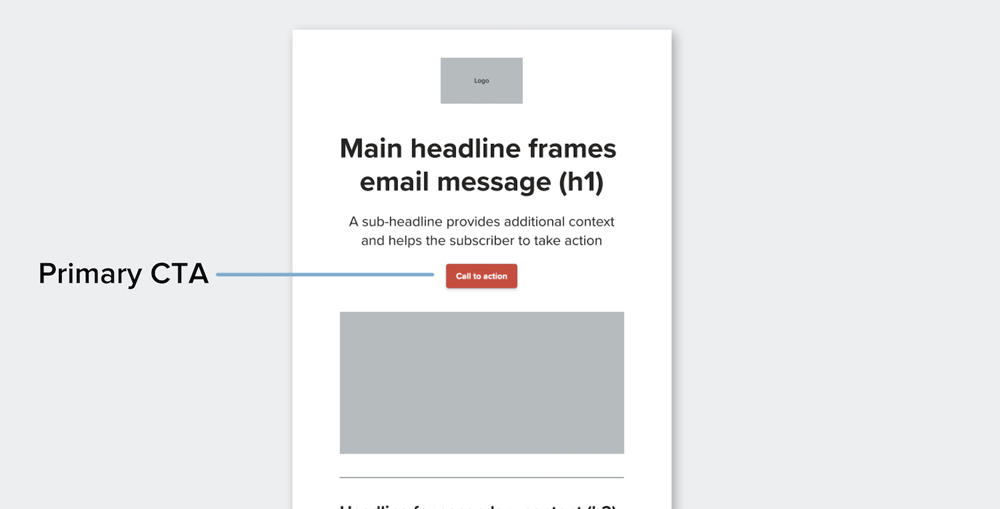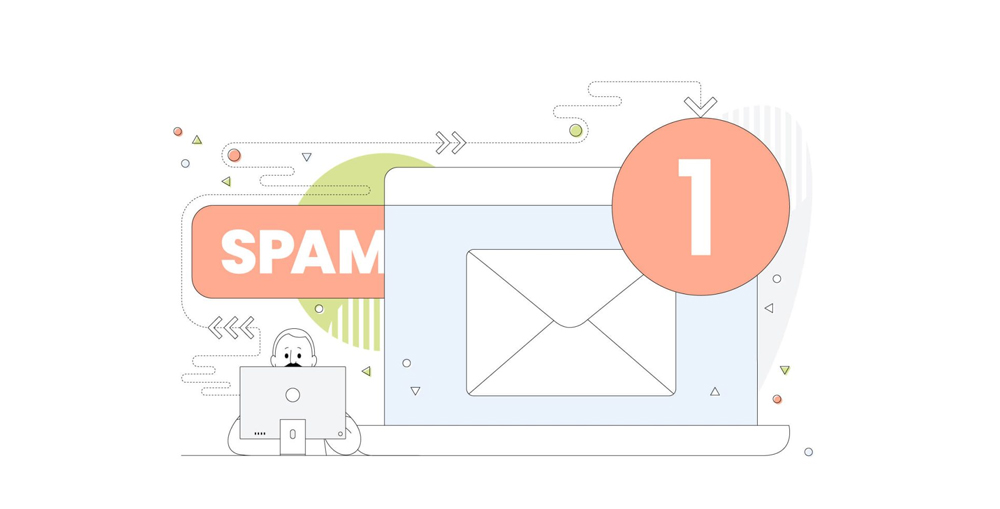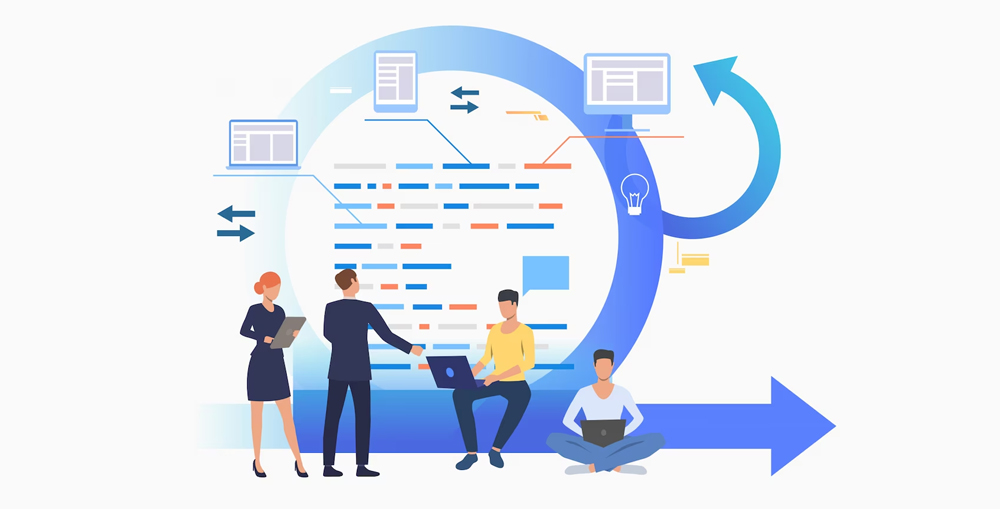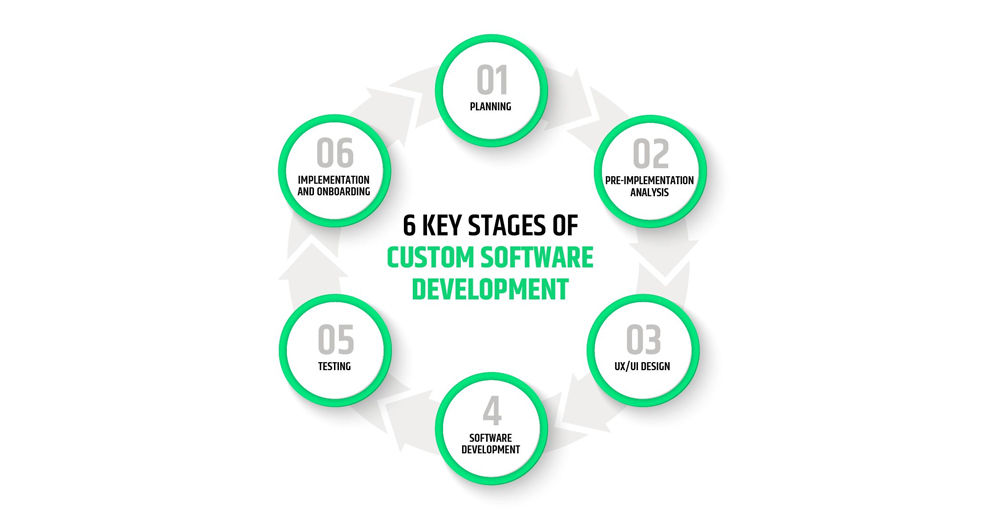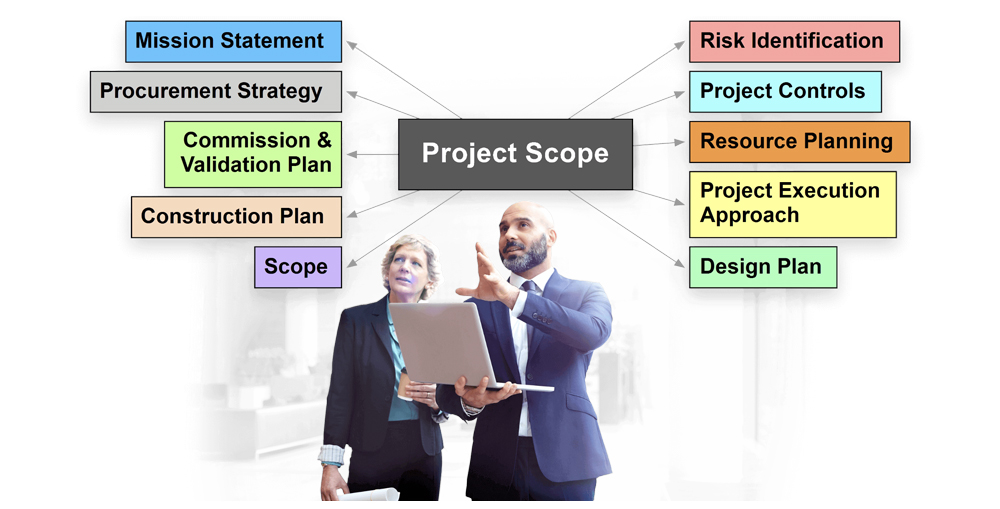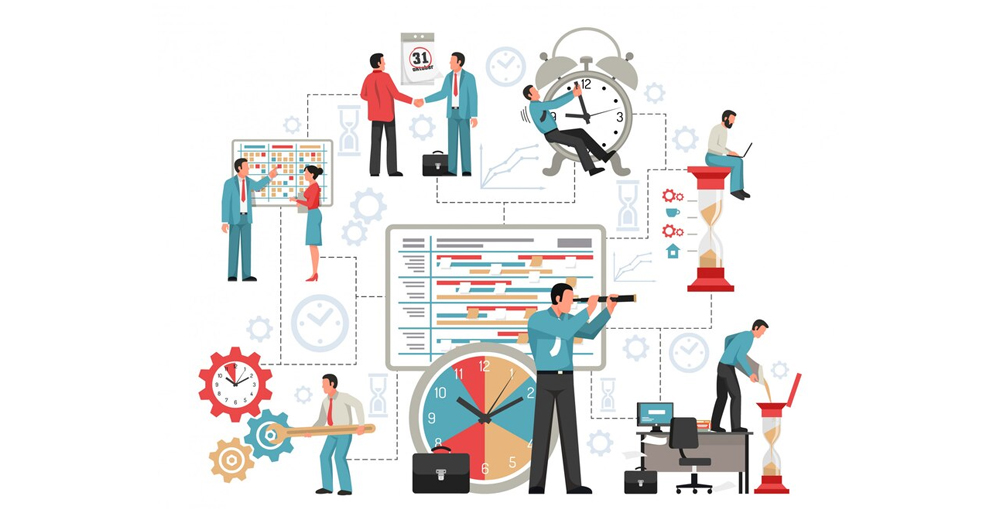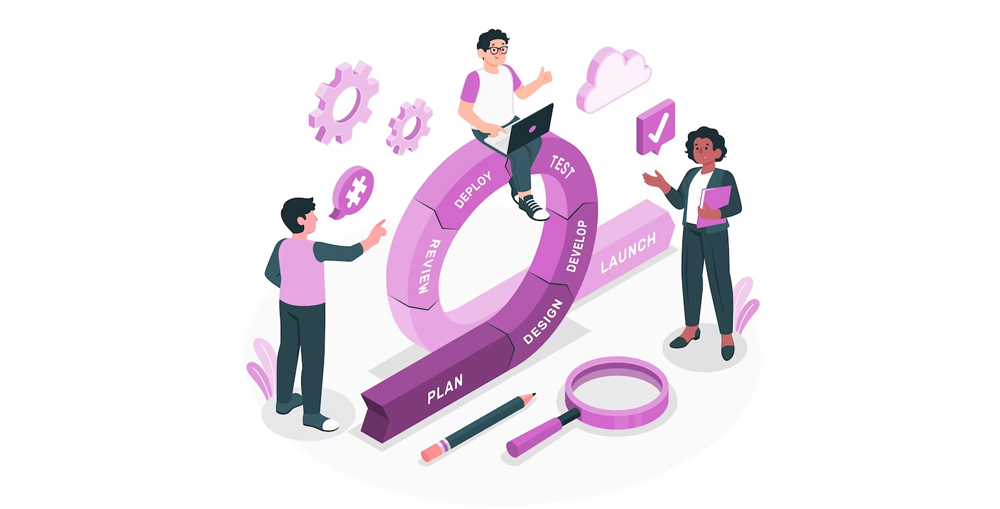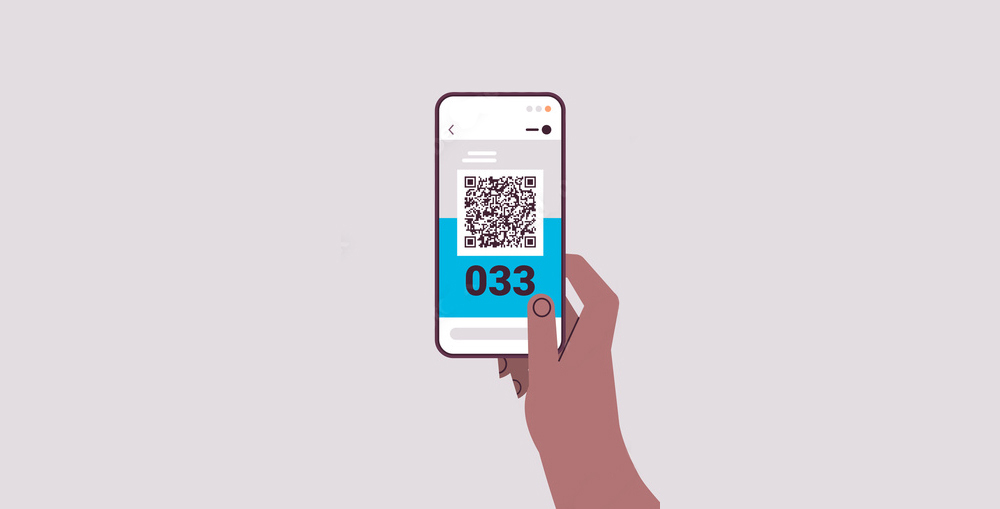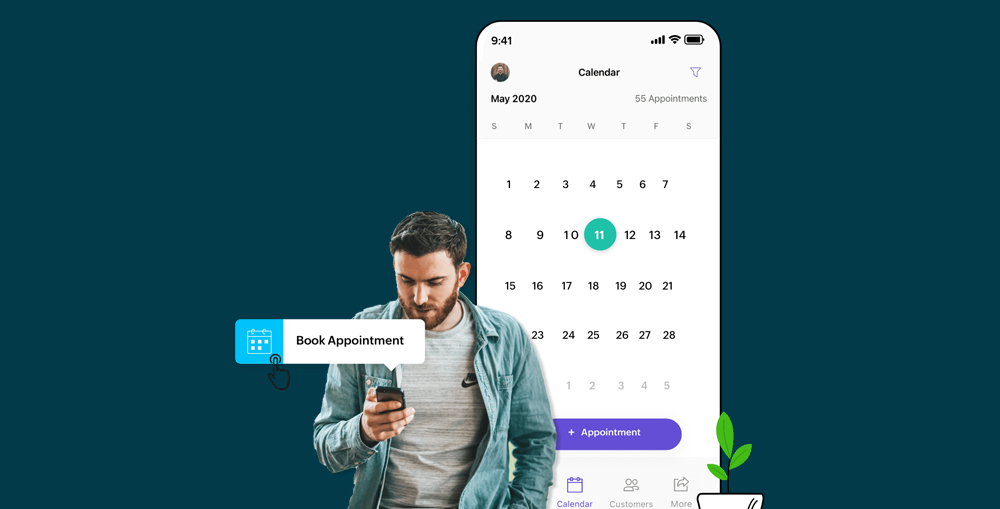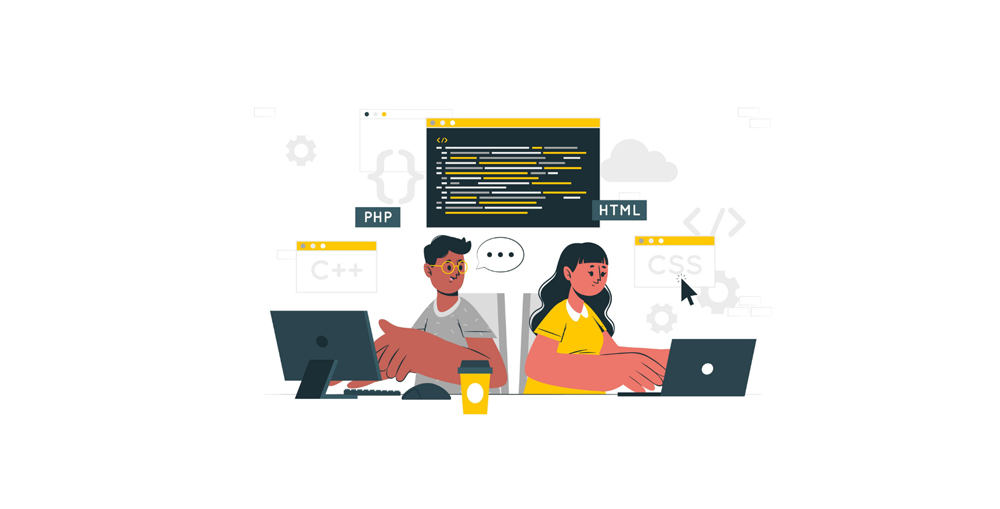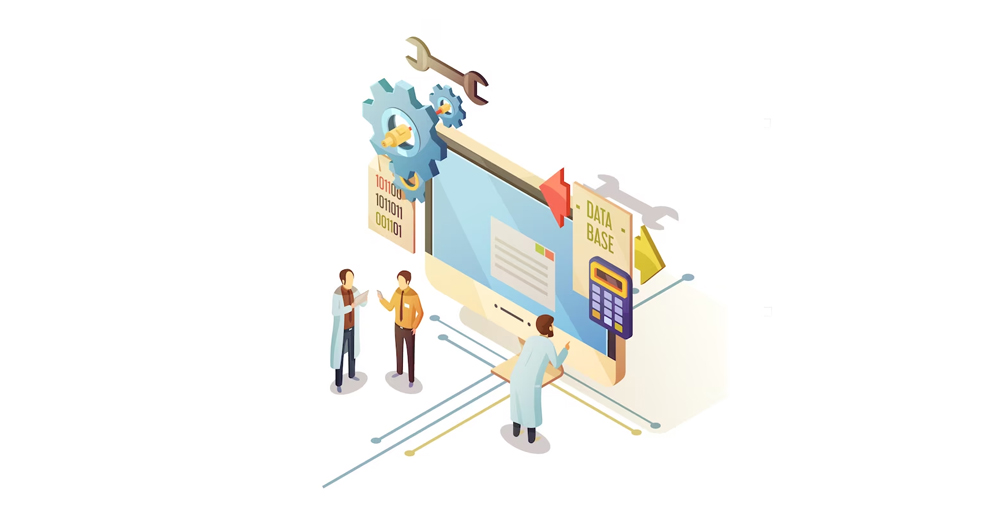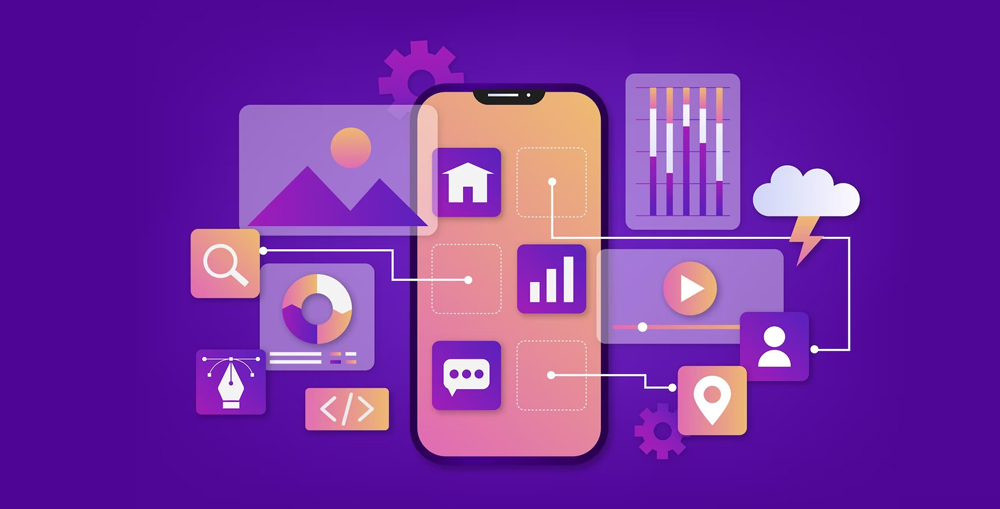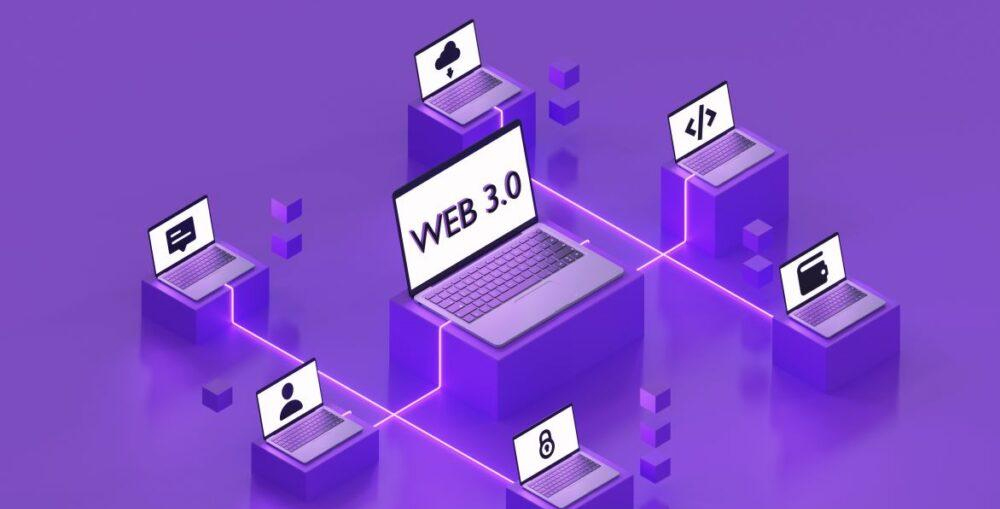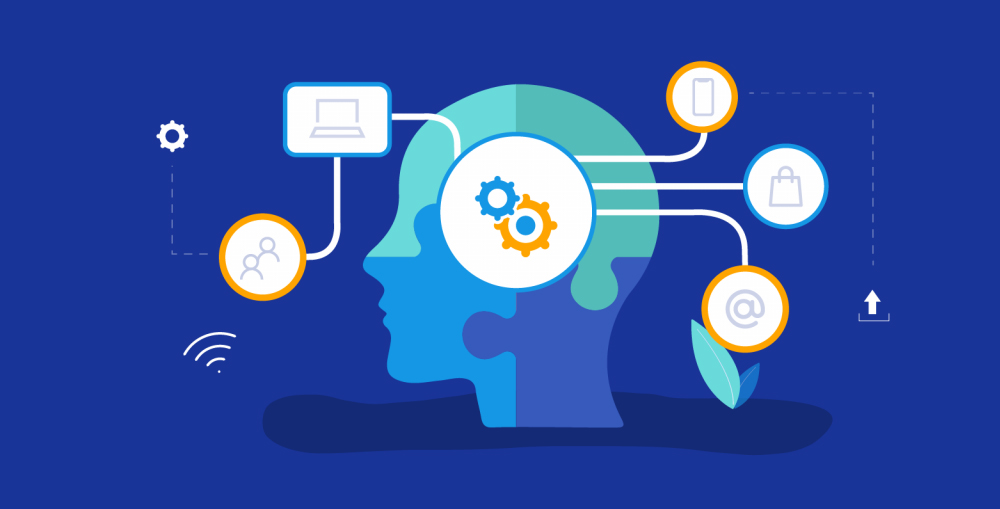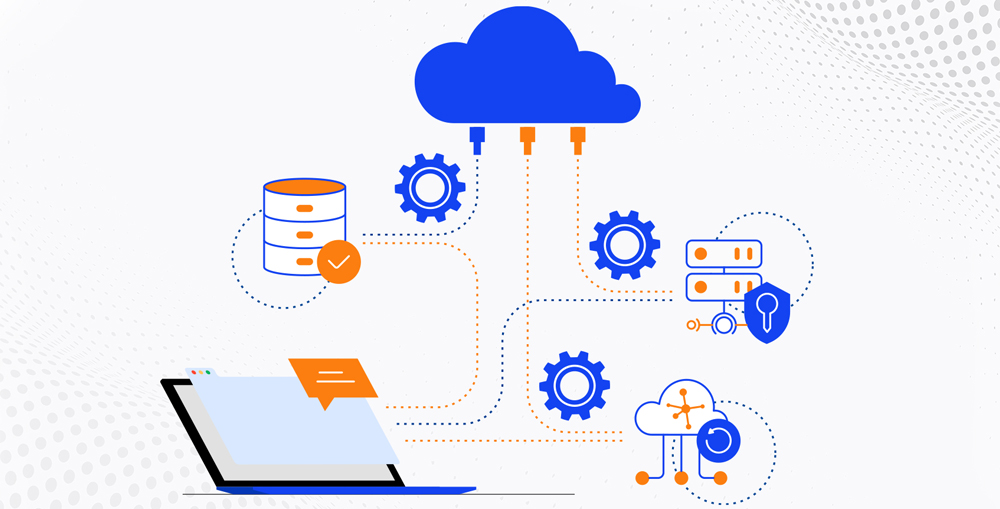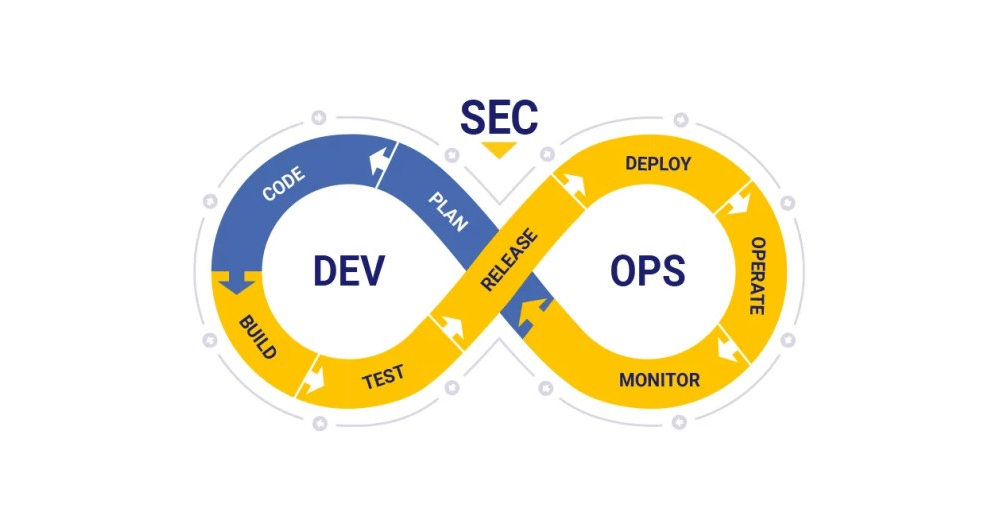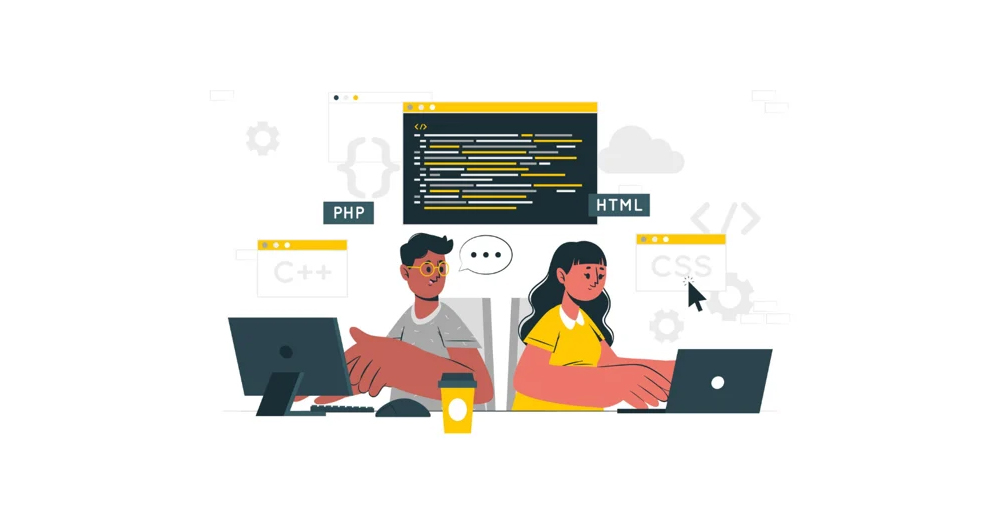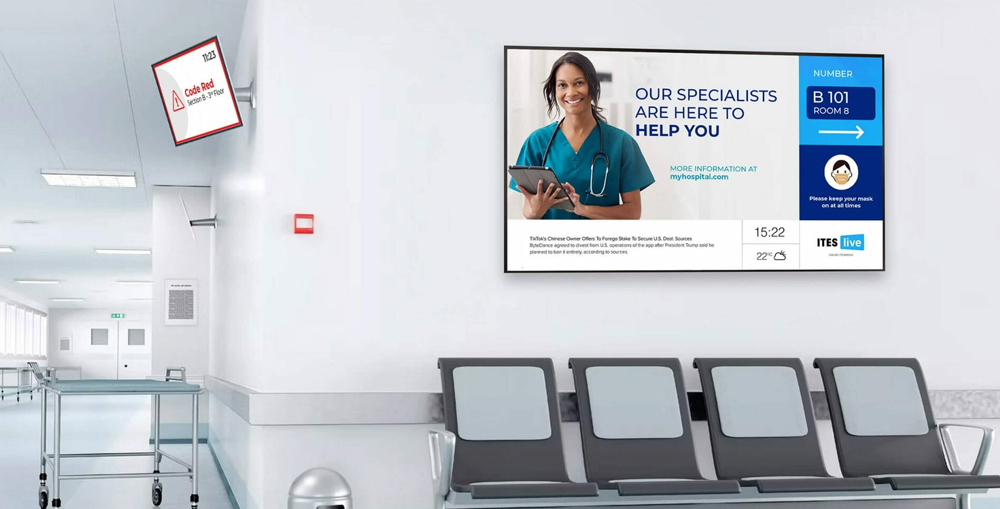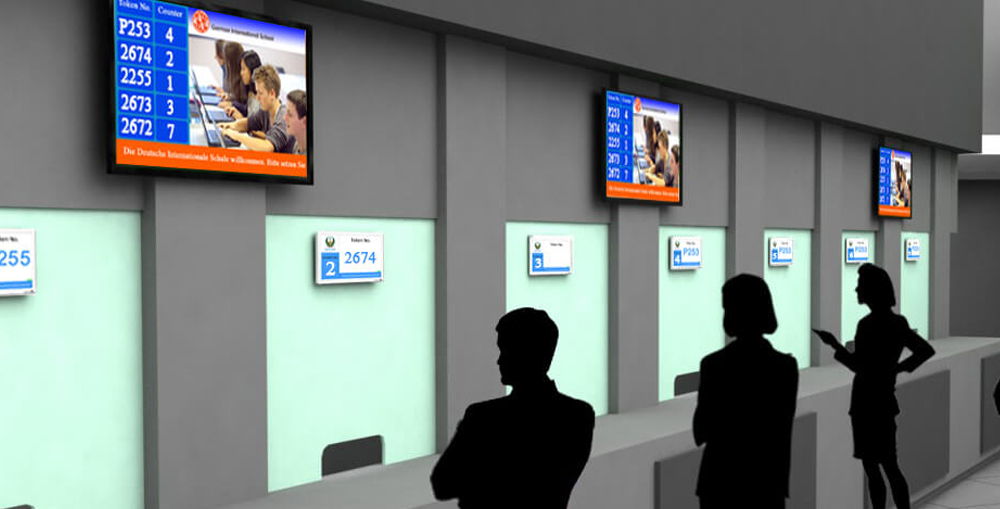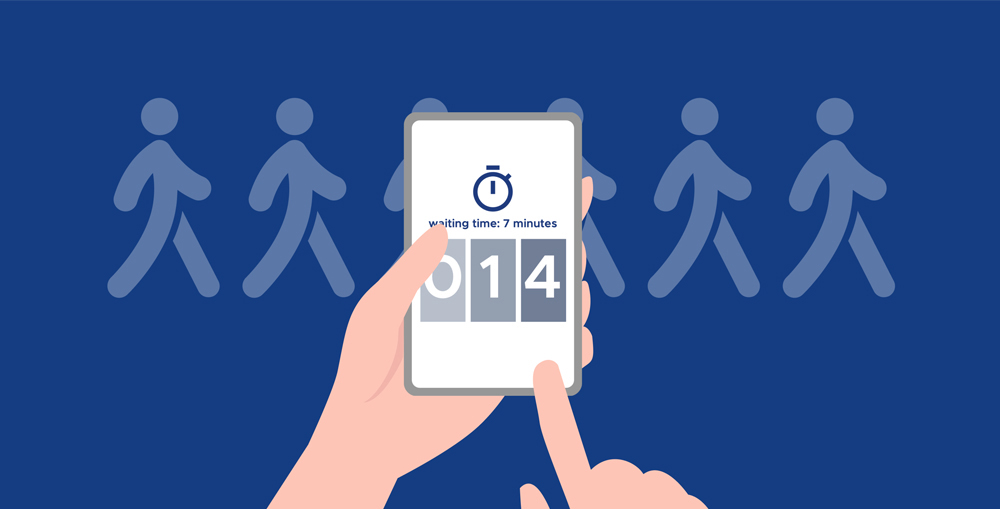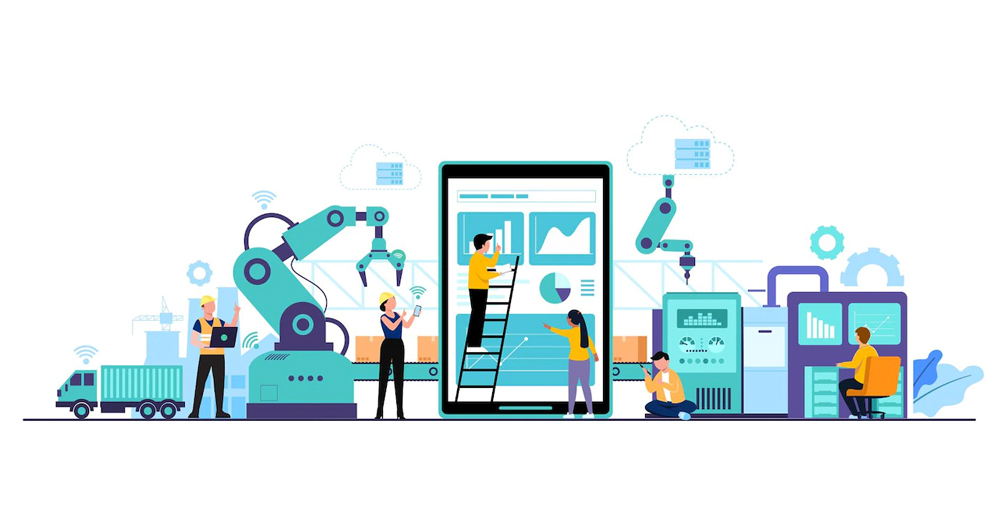Healthcare industry and organizations providing medical services are constantly seeking ways to enhance their internal processes, healthcare delivery, patient experience and management capabilities. In today’s digital era, where technology is transforming every aspect of our lives, the healthcare sector is increasingly dependent on digital solutions and IT tools to achieve its goals and objectives. Given that the importance of patient satisfaction and well-being is paramount in every healthcare and medical facility, the global demand for healthcare software development is massive. The United Arab Emirates (UAE) stands at the forefront of modernization and digitalization in the Middle East, the healthcare industry is no exception. Healthcare and Medical service providers in Dubai, Sharjah, Abu Dhabi, and across the UAE are well-known for their world-class services and the highest quality standards. This reputation has been achieved through the integration of cutting-edge technologies and IT tools, with healthcare and medical software leading this revolutionary change. In this blog we will discuss how the custom software development is completely transforming the healthcare industry in the UAE, leading to a new era of efficiency, modernization, innovation and patient-centric business approach.

What is Custom Software Development?
Before we dive into our main topic, it is important to understand the custom software development. There are two types of software solutions. One is COTs or commercial off-the-shelf software and the other is bespoke or custom software solutions. The commercial off-the-shelf software are ready-made tools, which are designed as per the best industry practices. These software and apps are widely available and are designed for masses. Thus chances are your competitor or industry rival might also be using the same software application, offering no competitive advantage from technology stand point. However, the custom software development on the other hand is not just buzz-word but a complete game changer. The custom software development is a process of customizing a software application as per your needs. This means the custom healthcare software will be designed exclusively by keeping your unique requirements in mind hence it would be able to address to the challenges you are facing while also helping you grab the opportunities no one else could get. The custom software development ensures that your healthcare software solution is exclusive and meet all your needs, which could give you a great competitive advantage and it is also very helpful in integrating innovative features that are fully aligned with your goals.
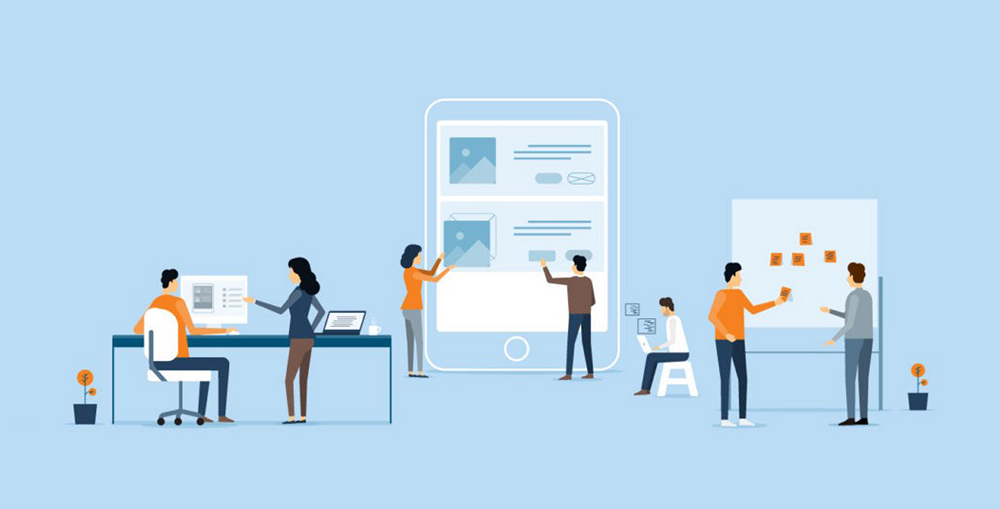
Why Custom Software Development is Important for Healthcare Industry in UAE?
The UAE healthcare sector is a rapidly growing and evolving industry with its diverse and dynamic needs. The government emphasize on high-quality standards encouraging healthcare and medical establishments to adopt more patient-centric practices. The adaptation of the cutting-edge software solutions in the healthcare and medical sector is not just a trend but an absolute necessity. Organizations in healthcare sector want to improve their efficiency, clinical workflows, hospital information system, appointment booking system, pharmacy management, telehealth tools, patient flow management and several other crucial business functions. Dubai, Sharjah, Abu Dhabi and all other regions of UAE have diversified population with a large amount of expats coming from all around the world. This means the healthcare service demands are increasing exponentially. In such conditions, offering easy access, and personalized experience could greatly increase patient satisfaction. The commercial off-the-shelf software solutions are designed for masses, however, only the customized software development can help healthcare and medical facilities to deal with their unique and exclusive needs. The customized software allow organizations to build solutions that align with their needs and are more efficient in solving their unique problems.

Advantages of Custom Healthcare Software Development
There are several advantages of custom software development for the healthcare and medical industry which makes them far superior to commercial off-the-shelf solutions. Here are a few key advantages or custom healthcare software development:
- Tailored Solutions: Healthcare and medical facilities often have very unique needs due to their internal processes and business practices. With the passage of time hospitals, clinics, medical facilities and testing labs could develop quite unique workflows. It is very difficult achieve the highest possible efficiency with the commercial off-the-shelf solutions as they are made for general audience. However, the custom software development can solve this problem by delivering tailored solutions that 100% match with the unique and exclusive business needs.
- Improved Service Quality: The healthcare and medical facilities often had to deal with a variety of different levels of priority based on the medical service urgency and criticality. Hence dealing every customer in a same way is not practical. Therefore healthcare facilities, hospitals and clinics and other medical establishments make policies and develop workflows to facilitate every patient while maintaining an optimum level of service quality. A customized healthcare software application can fully align with existing processes, boosting performance by lifting up employee workload and optimizing internal processes. This results in significant improvement in service quality and patient satisfaction.
- Better Patient Experience: The healthcare and medical facilities often have to deal with a bulk of patient data which sometimes could make it difficult to provide information and communication in a timely manner. However, the custom healthcare software development enables organizations to integrate multiple communication channels such as online patient portals, mobile apps, WhatsApp, SMS, email and much more which can instantly provide patient with the updated information. These additional modules not only provide data and information but also help healthcare organizations to streamline several internal process, which can greatly improve patient interaction and journey, lifting up patient experience.
- Improved Compliance: The healthcare sector and medical facilities are often subjected to comply with complex regulations and government policies. Most of the time several penalties are also associated with these compliances and regulations. A commercial off-the-shelf software often failed to facilitate the compliance process. However, a custom software development ensures that all your needs and requirements are incorporated in your healthcare software solution which can greatly improve the compliance and your ability to cater to emerging compliance needs.
- Innovation and Automation: The innovation and automation are the two key aspects of digitalization. The custom healthcare software development help organizations to offer innovative features for both their patient and their employees which greatly improve patient experience and employee performance. The healthcare organizations and medical facilities can offer more control and freedom over healthcare plans, personalized services and much more by enabling patients to utilize self-service channels to perform various tasks by themselves. All such features enhance patient experience and also boost employee performance.
- Flexible Integration: The integration is one of the most crucial and absolutely essential factor to consider while implementing a new software or solution. The commercial off-the-shelf software application usually lack at their ability to integrate with other third-party tools. Often additional cost and efforts are associated with integration. However, the custom software development enable healthcare and medical facilities to customized their software in a way that they can seamlessly integrate with existing software, systems, patient databases and central information management system.
- Scalability and Adoptability: The healthcare industry and medical practices are constantly evolving. The commercial off-the-shelf software solutions fall short when it comes to scalability and adoptability. However, the customized healthcare software tools are very flexible towards scalability and adoptability. Businesses can easily incorporate more features or modify existing functions to scale them with their emerging business needs. The ability to add new features and customize the existing features as per the emerging needs can greatly enhance the adoptability and scalability, offering a great competitive advantage without raising the cost. Hence the custom healthcare software development offers much higher ROIs comparing to COTs.
- Enhanced Performance: Most of the time the employees working in healthcare industry have to perform repetitive routine tasks and manual work. The customized software development help healthcare and medical facilities to add productive features which can handle most of the routine tasks for the employees, and with the help of digitalization and automation many errors can be prevented which are normally associated to manual work. Furthermore custom healthcare software tools also offer customized reporting and analytical data collection which provide great visibility and monitoring over the entire operations hence resulting in improved human resource planning and better management which can greatly boost the operational performance.
The custom software development offers great advantages. The healthcare and medical facilities can leverage the custom software development to build their own unique brand image while boosting performance, productivity and efficiency of the entire organization.
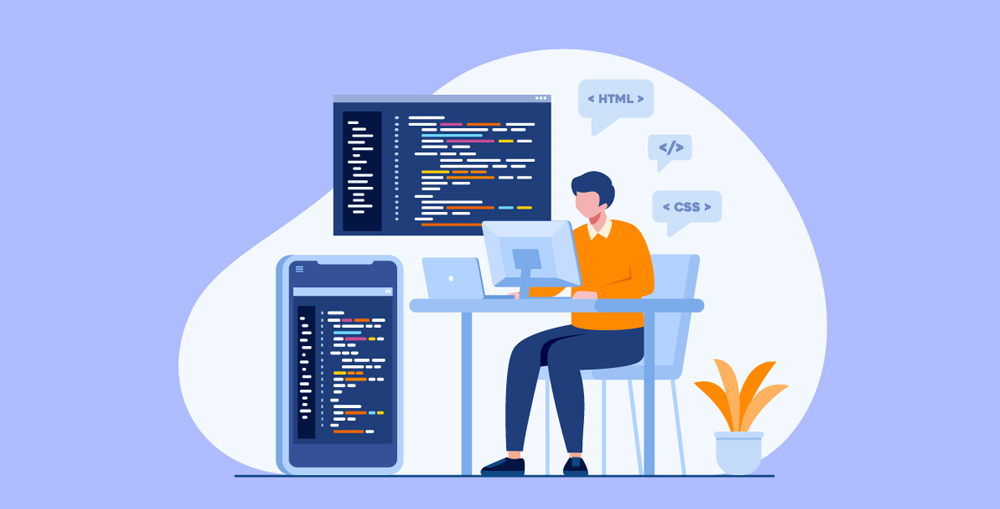
Conclusion
The healthcare industry and medical services are rapidly evolving and transforming into more patient-centric organizations in the world. The global healthcare industry software industry is rapidly growing showing the importance and effectiveness of the software solutions in the industry. When it comes to software development, the healthcare organization have two way to go, either choose the commercial off-the-shelf software or the custom software development. The custom software development has proven itself to be far superior with its ability to cater to unique business needs while supporting scalability, customization, and growth. The commercial off-the-shelf solutions are generic however, the custom software development offers exclusive tailored solutions. That is why the businesses in healthcare and medical industry are embracing custom software development. Furthermore the customized healthcare software and tools tend to have long lifecycle with ability to quickly respond to emerging needs. In this blog we have discussed how customized healthcare software application can help organizations gain competitive advantage, patient satisfaction and operational excellence. If you want to learn more about the subject or if you want our help to develop a tailor-made software solution for your healthcare organization or medical facility. Please feel free to contact us through our Contact Us page or leave a comment in the comment box below and we will get in touch with you soon.
